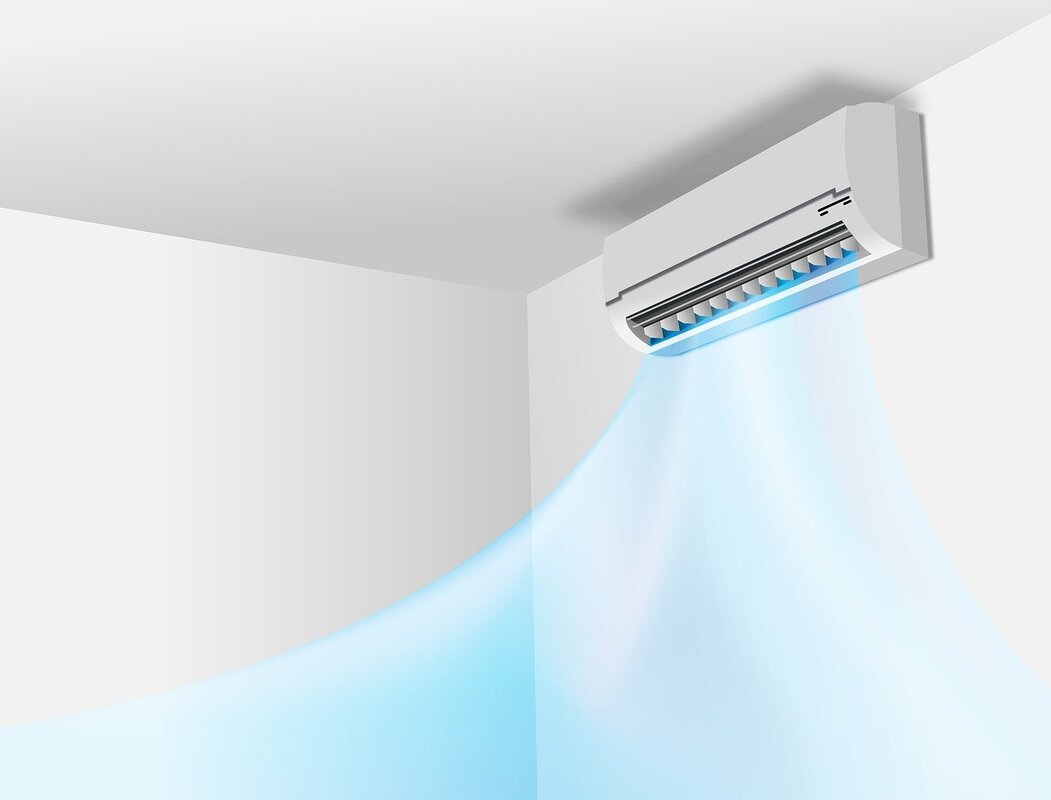Mini Splits Demystified: Everything You Need to Know about Compact Cooling and Heating Solutions
Introduction:
Mini split systems have revolutionized the way we heat and cool our homes, offering efficient and customizable comfort in a compact package. In this comprehensive guide, we'll delve into the world of mini splits, exploring their benefits, components, installation process, and maintenance requirements. Whether you're considering a mini split for your home or simply curious about this innovative technology, read on to discover everything you need to know.
Understanding Mini Split Systems
Mini split systems, also known as ductless heat pumps, consist of an outdoor compressor unit and one or more indoor air-handling units.
These systems provide both heating and cooling capabilities, making them versatile solutions for year-round comfort.
Mini splits operate on the principle of heat transfer, extracting heat from the outdoor air during the heating season and expelling it outdoors during the cooling season.
Unlike traditional HVAC systems, mini splits do not require ductwork, making them ideal for retrofitting older homes or adding supplemental heating and cooling to specific areas.
Benefits of Mini Split Systems
Energy Efficiency: Mini splits use advanced inverter technology to adjust compressor speed and match the heating or cooling load, resulting in energy savings compared to conventional systems.
Zone Control: With individual indoor units in each room or zone, mini splits allow for precise temperature control, reducing energy waste and improving comfort.
Space Savings: The compact size of mini split indoor units frees up valuable space in homes where ductwork is impractical or unavailable.
Quiet Operation: Mini splits operate quietly, with noise levels comparable to a whisper, providing a peaceful indoor environment.
Improved Indoor Air Quality: Since mini splits don't rely on ductwork, there's less opportunity for dust, pollen, and other allergens to accumulate and circulate throughout the home.
Components of a Mini Split System
Outdoor Unit: The outdoor unit houses the compressor, condenser, and expansion valve, which are responsible for transferring heat to or from the outdoor air.
Indoor Unit: Indoor units come in various configurations, including wall-mounted, ceiling recessed, floor-mounted, and ducted options, allowing for flexibility in installation and aesthetics.
Refrigerant Lines: Refrigerant lines connect the outdoor and indoor units, carrying refrigerant back and forth to facilitate the heating or cooling process.
Control Panel: Most mini split systems come with a remote control or wall-mounted thermostat for easy operation and temperature adjustment.
Installation and Maintenance
Installation: Mini split systems should be installed by a licensed HVAC professional to ensure proper sizing, placement, and refrigerant handling.
Maintenance: Regular maintenance, such as cleaning or replacing air filters, inspecting refrigerant lines, and checking electrical connections, helps ensure optimal performance and longevity.
DIY vs. Professional Installation: While some homeowners may opt for DIY installation to save money, professional installation is recommended to avoid potential issues and ensure warranty coverage.
Conclusion:
Mini split systems offer an efficient, customizable, and space-saving solution for heating and cooling homes of all sizes. By understanding the components, benefits, and installation process of mini splits, homeowners can make informed decisions to enhance their comfort and energy efficiency. Whether you're looking to upgrade your existing HVAC system or add supplemental heating and cooling to specific areas, mini splits provide a versatile and cost-effective solution for modern living.
Learn more about hvac solutions with The Reno Guy Reviewer → https://renoguyreviewer.wordpress.com/
Learn more about Central Split Systems with our website → https://www.therenoguy.com/hvac/central-split-systems
Mini Splits Demystified: Everything You Need to Know about Compact Cooling and Heating Solutions was originally published on https://renoguyreviewer.weebly.com/ visit our site The Reno Guy

Comments
Post a Comment